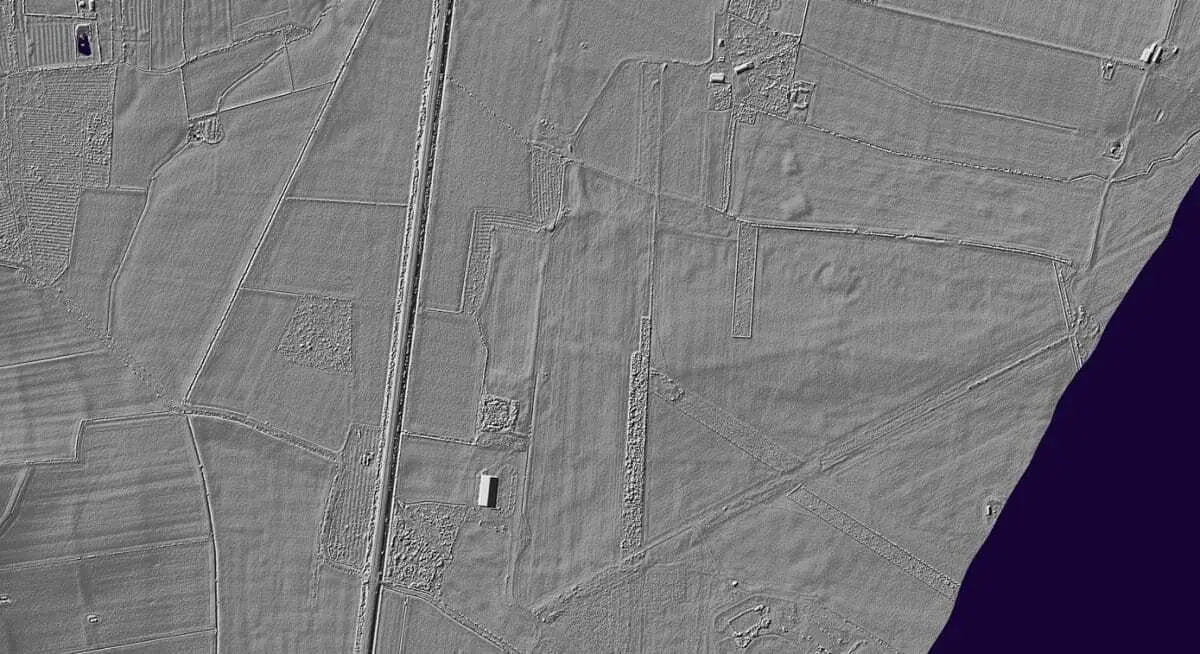An army of armchair archaeologists has been using the UK lockdown against Covid-19 to discover dozens of previously unknown sites using LiDar and aerial mapping tools.
A team led by the University of Exeter, working with local partners and supported by the ‘Understanding Landscapes Project’ has been studying images created using Light Detection and Ranging (LiDar), a method of remote sensing using light in the form of a pulsed laser to measure ranges (variable distances) to the Earth.
The differences in the pulsed laser return times and wavelengths can be used to compile a 3-D digital map of the landscape removing obscuring features such as woodland that could hide archaeological features.
Project leader Dr Chris Smart from the University of Exeter said: “The South West arguably has the most comprehensive LiDAR data yet available in the UK and we are using this to map as much of the historic environment as possible. The project’s current focus is the Tamar Valley, but this has been extended to include a broad swathe of land between Bodmin Moor and Dartmoor, Plymouth and Barnstaple – about 4000 sq.km in all.
The data obtained from the study is being analysed and cross-referenced with archaeological databases, historic maps to determine whether sites are new discoveries. To date, the team has uncovered parts of two Roman roads, 20 prehistoric burial mounds, around 30 prehistoric or Roman settlement enclosures and various medieval farms and field systems.
Dr Smart added: “I am very grateful to our team for their efforts and am glad that we could continue to do volunteer-led research in these unsettling times, at the current rate we expect them to recognise hundreds of new archaeological sites in the coming month or two.”
Header Image Credit : Open-source LiDar map by HousePrices







